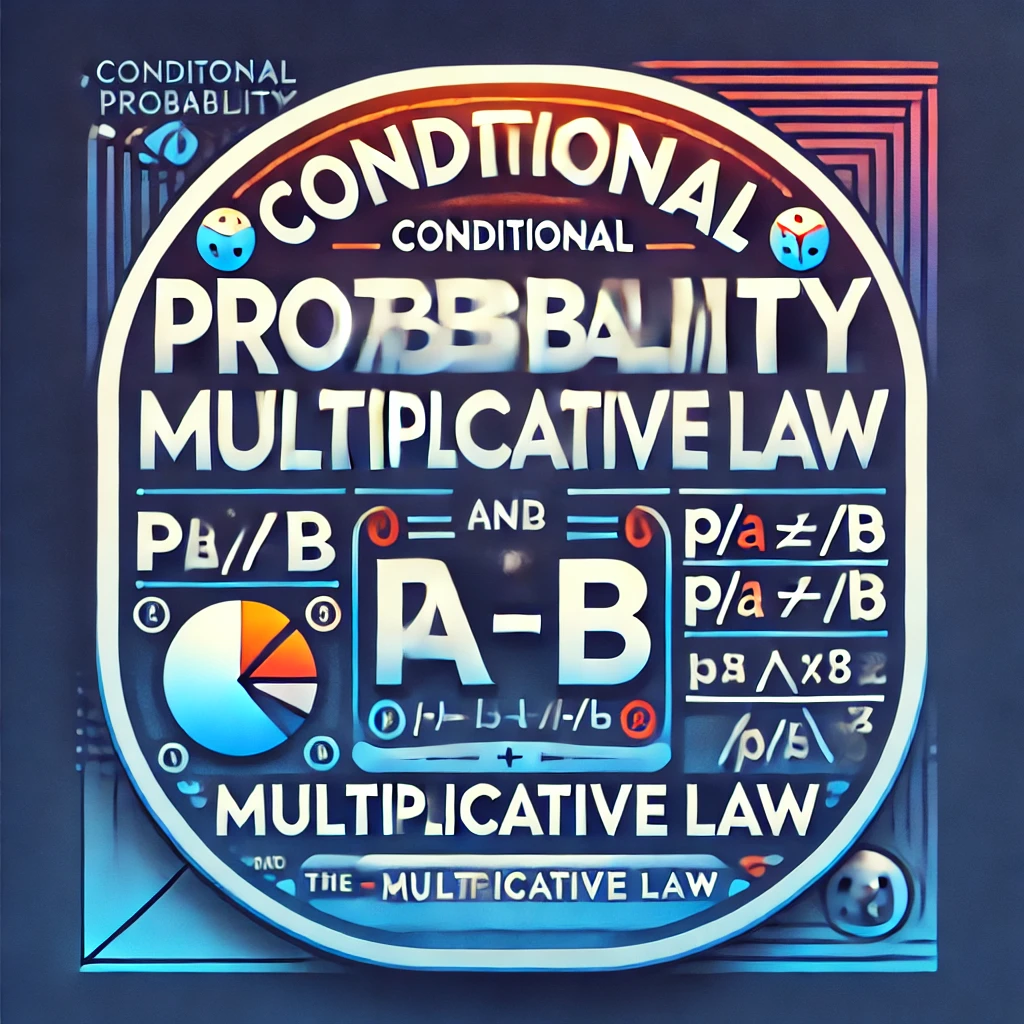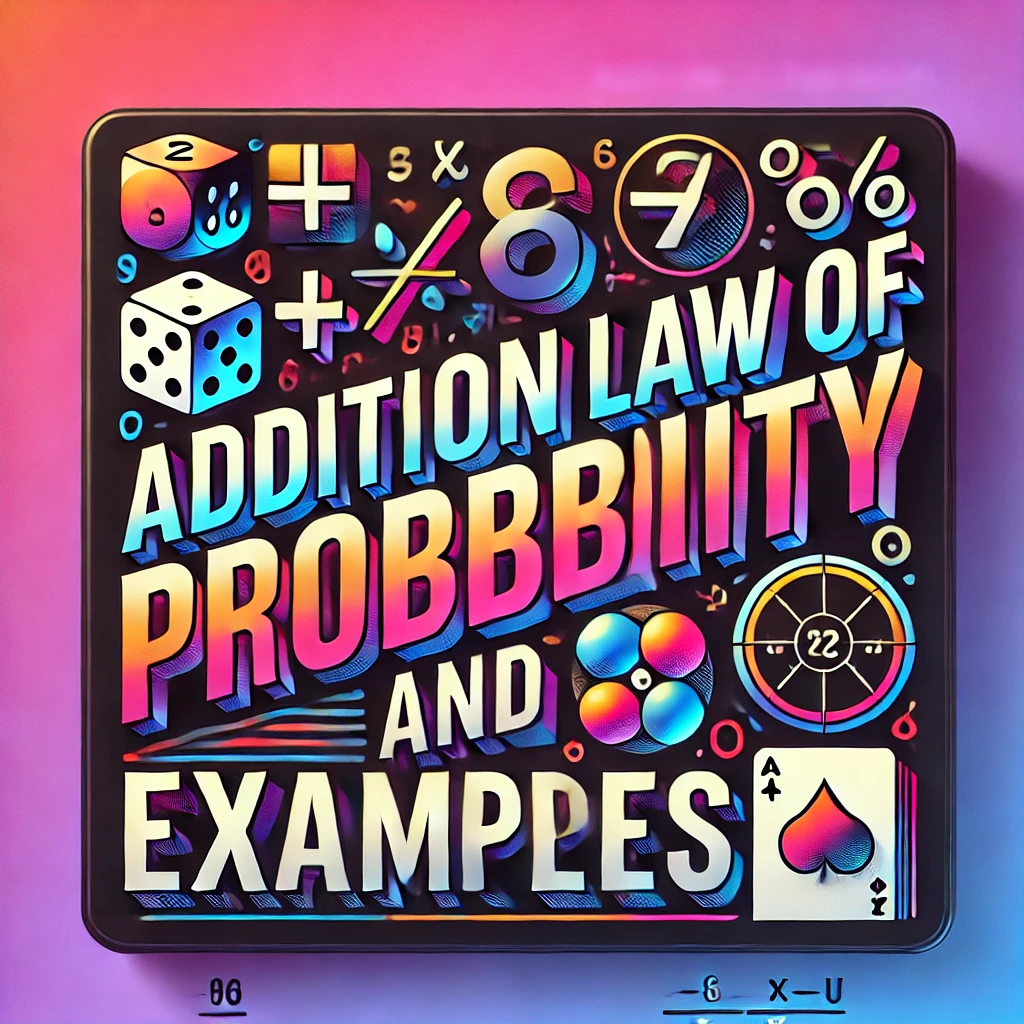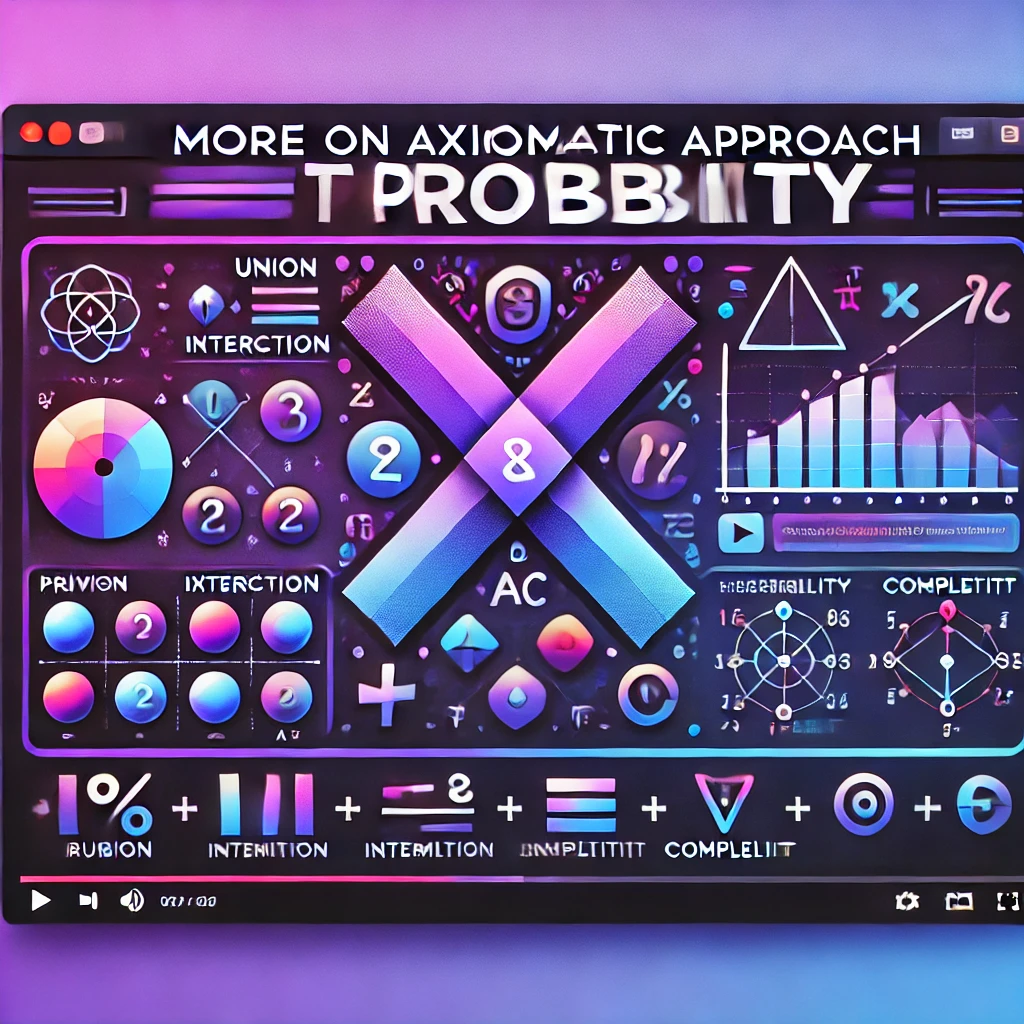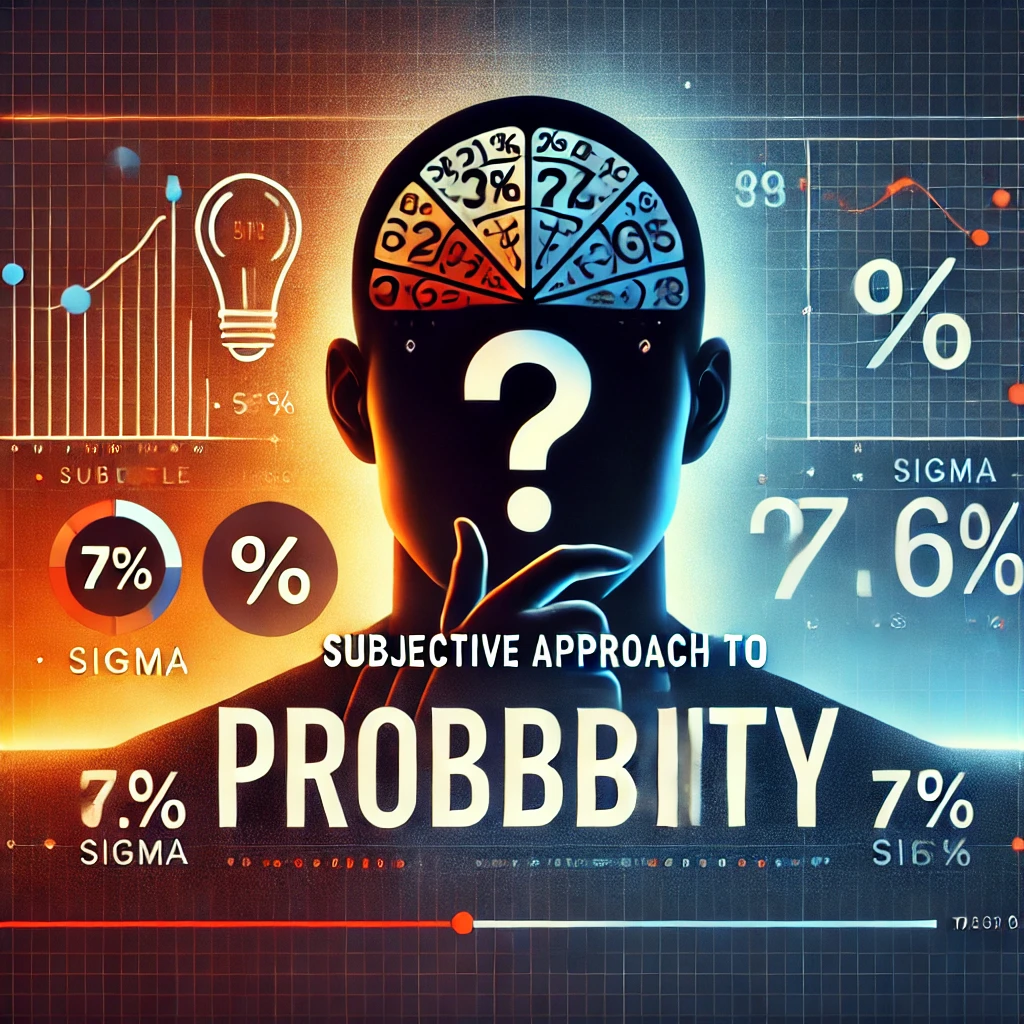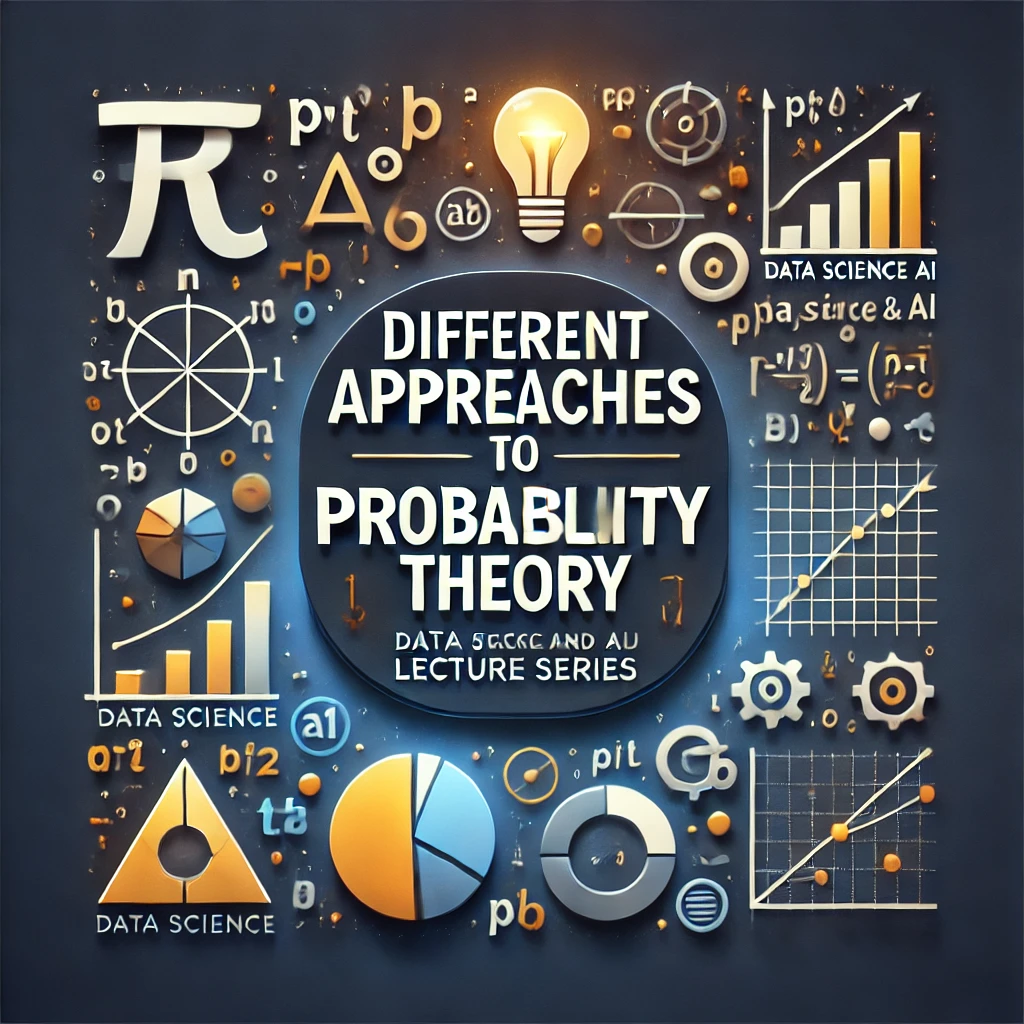Discrete Random Variable and Probability Mass Function
Discrete Random Variable and Probability Mass Function Data Science and A.I. Lecture Series A random variable is said to be discrete if it has either a finite or a countable number of values. Countable values are those which can be arranged in a sequence, corresponding to natural numbers. Example: Number of students present each […]
Discrete Random Variable and Probability Mass Function Read More »
